 The Wizard of Oz - www.flickr.com
The Wizard of Oz - www.flickr.com Some people love props and costumes from films.
Demand for items from The Wizard of Oz is at a high at Bonhams auction house.
So much so, that a dress, set aside for the young Judy Garland who played Dorothy which wasn't even used on screen, sold for £157,000 (US$1.2 million) in a previous auction.
This price was dwarfed by the Lion costume, which sold for a staggering £1.9 million. Dorothy's slippers would likely sell for a similar figure if they were put up for auction.

This famous dress, made for MGM's 1939 production, will be sold on November 23 in New York. The owner has entered it into Bonhams' Treasures from the Dream Factory sale at a guide price $1.2 million.
The director of entertainment memorabilia at Bonhams, believes the universal appeal of The Wizard Of Oz will mean huge levels of interest. Source: Express.
The Gingham dress wasn't even the only one. About ten more exist, recycled by the MGM studio and reused for other films.
I have to wonder about the motives for collecting clothing items of interest. They will not last like an ancient stone carving or a historical jewel, which are collected for their beauty and age. Clothing, particularly those that are sweat-stained, will deteriorate. Perhaps the wealthy bidder hopes to impress their friends. Even if I wanted Dorothy's dress, which I don't, I could never hope to afford the price.
On the other hand, I own several artefacts from Ancient Egypt, which I bought at auction for very reasonable prices. These fill me with wonder every time I look at them. I'm interested in Egyptian history, and have woven the subject into my novels. (On the sidebar.)
What item interests you enough to collect?




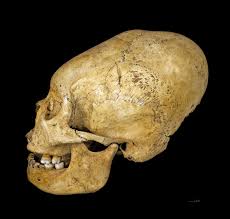
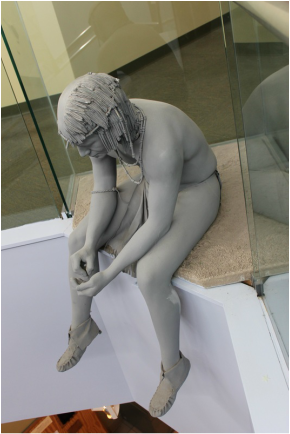
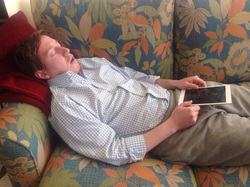
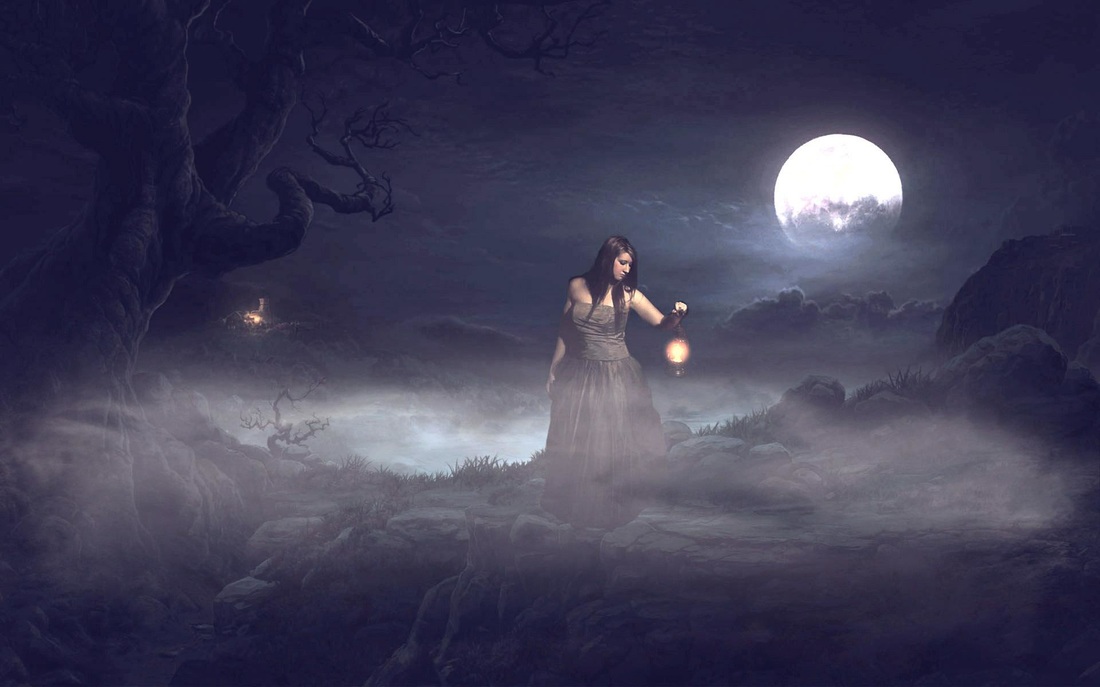

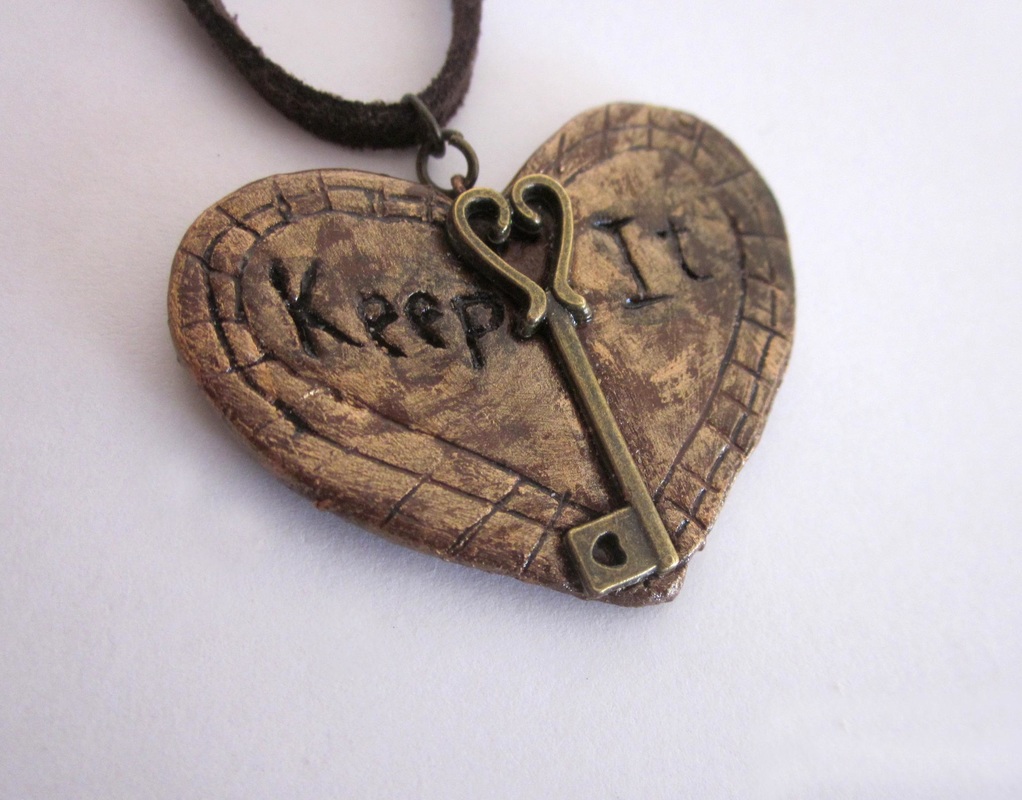
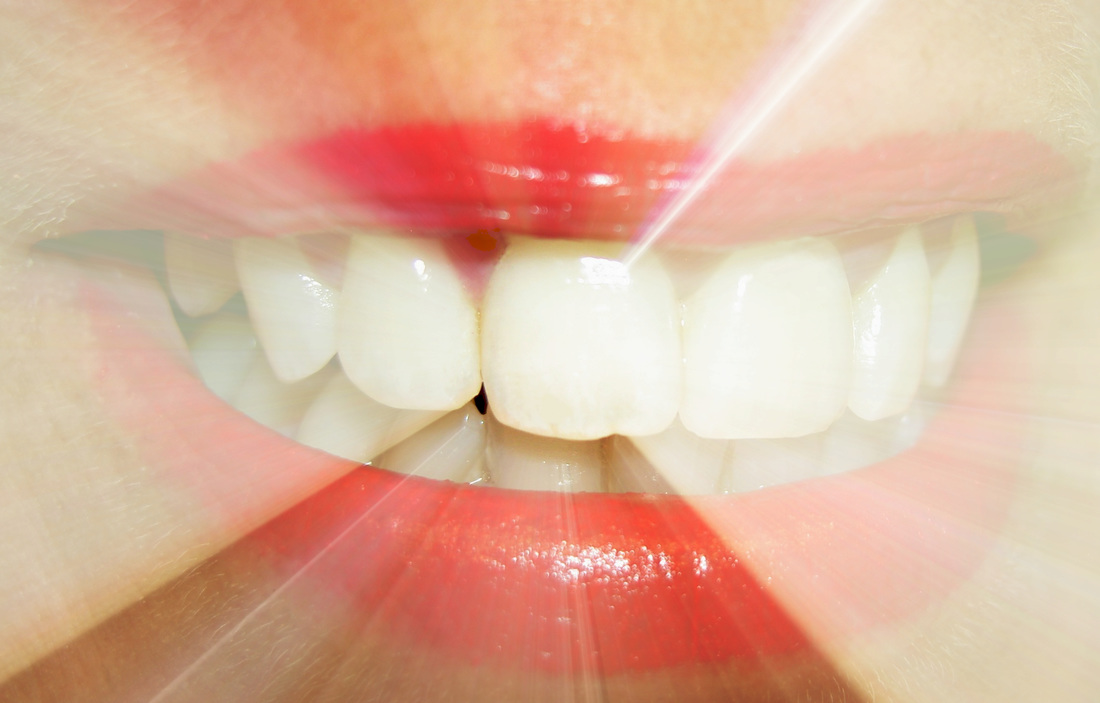
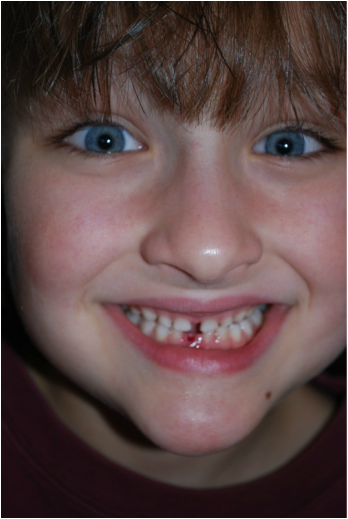


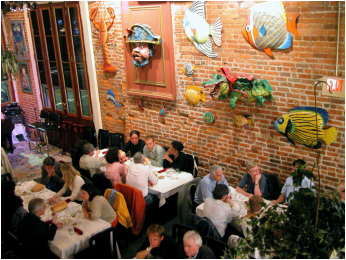


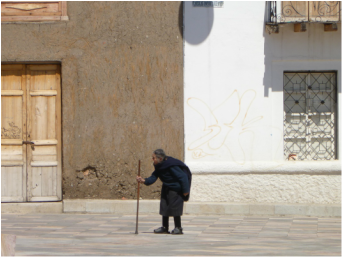
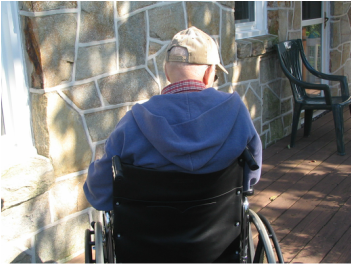
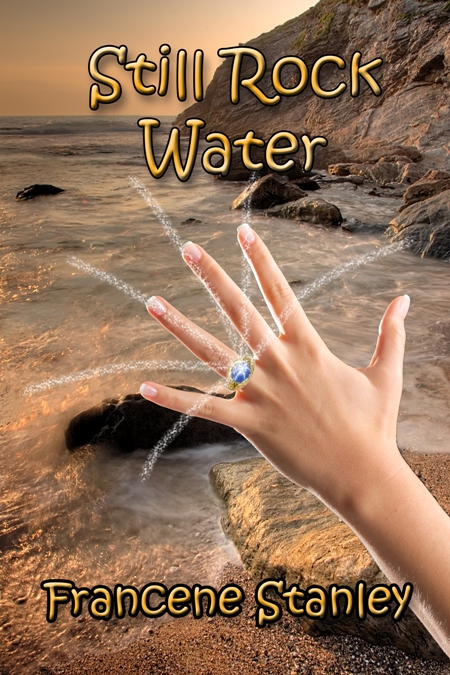
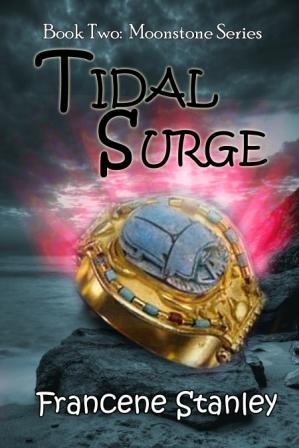
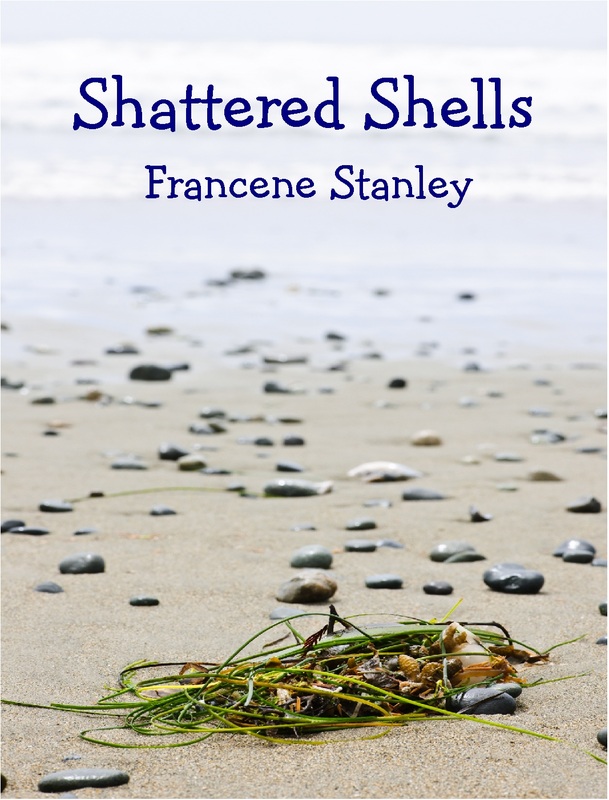

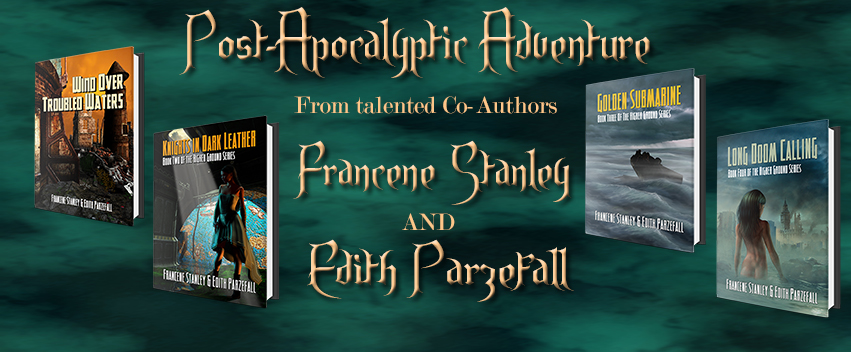
 RSS Feed
RSS Feed
